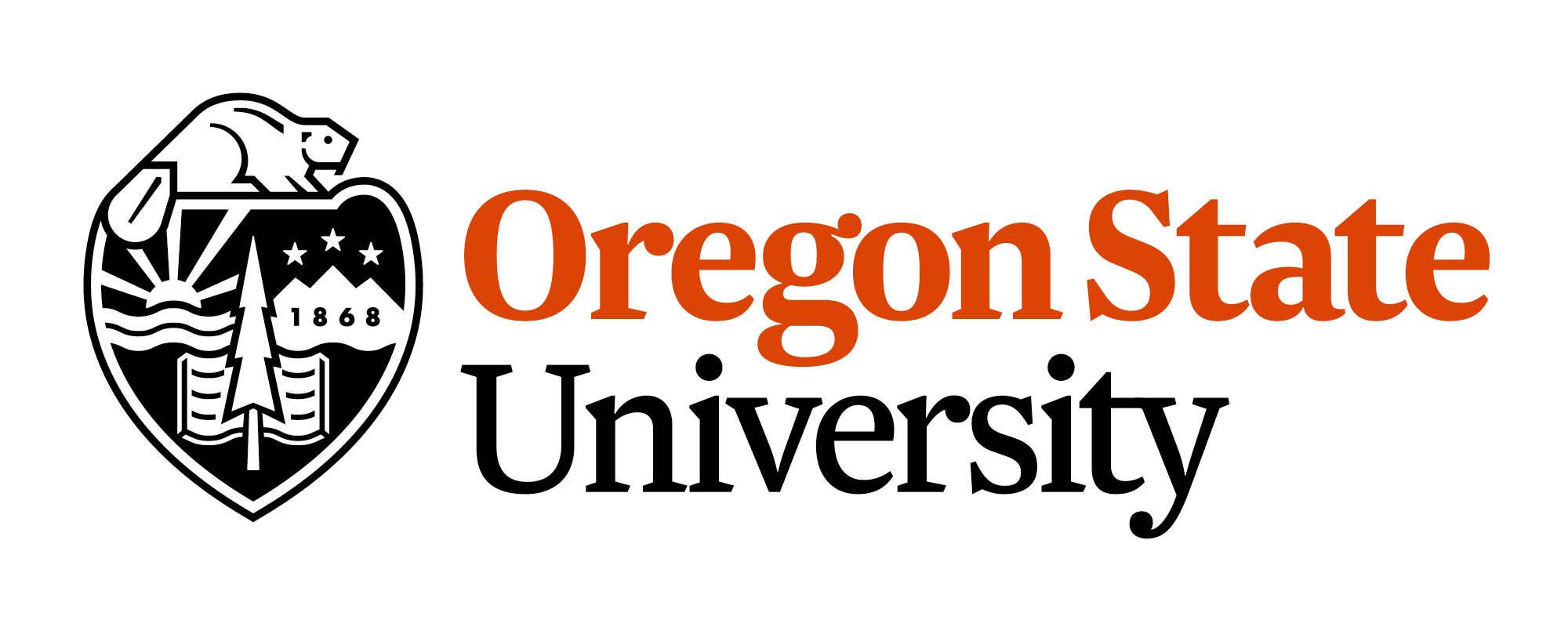From Big to Small, You Can Do It All! Efficient Approaches to Analyze Rockfall Activity From Point Clouds
This webinar is being offered by IRIS Gage/Sage webinar series. Important infrastructure such as highways in the Pacific Northwest traverse particularly unstable terrain throughout much of the state, resulting in maintenance, system unreliability due to frequent closures and restrictions, and safety hazards due to landslides and rockfalls. Seismic activity significantly amplifies these negative economic and community impacts. This presentation will discuss efficient data processing strategies to utilize point cloud data to analyze rockfall activity at rock outcrops from repeat lidar or Uncrewed Aircraft Systems (UAS) Structure from Motion/MultiView Stereo (SfM/MVS) photogrammetric surveys that enable one to simultaneously look closely at detailed features on the slope as well as from afar to evaluate an entire corridor. These technologies enable personnel to safely capture data for active rock slopes that may be otherwise inaccessible. Nevertheless, the “Big Data” generated through these technologies combined with other data sources provide immense challenges in terms of acquisition and data processing. This presentation will discuss a suite of tools enabling efficient analyses of detailed remote sensing data to quantify and visually communicate rockfall hazards. These tools include efficient surface modeling algorithms, rockfall cluster detection to produce magnitude-frequency relationships, the Rockfall Activity Index-a morphological-based assessment technique, and seismically-induced rockfall debris estimates. Such approaches yield many important safety benefits, enable mitigation of geohazards before catastrophic events occur, and improved responses after major seismic events.
